Heelflip. Intuitively, it seems easy. It's just a matter of ONE flip, and everyone should know that human legs are strong enough to flip a skateboard. So, if it doesn't, don't try to flick harder because it's not about strength.
The board does not flip because the force of the flick does not reach it. If you put your weight on your back foot, for example, your front foot moves away from the board, or the direction of the flick becomes parallel to the board. Then, you can't flip the board no matter how hard you flick. In this video, we will see the science behind how to transfer the power of the flick to the board effectively. And I will also show you a whole new way to analyze your motion.
Summary
Why doesn't the board flip?
The board doesn't flip when the flick's force doesn't reach the board. When too much weight is on the back foot, the front foot moves away, making the flick parallel to the board, preventing rotation.
What is the ideal flick technique?
Moving the front foot's toe in an arc around the kneeprovides perpendicular force to the board, effectively flipping it.
What does the Motion Echo Player do?
The Motion Echo Player automatically analyzes movements by generating afterimages from the most recent frame up to the last five frames when a video is uploaded, making it easy to check movement flow. Try the system
Simulation
Hit the icon in the middle to start a 3D animation.
The Mechanics of a Heelflip
Forces Involved in Flipping a Skateboard
Before discussing how to do a Heelflip, let's see what it takes to flip a skateboard. Like a Kickflip, flicking around the nose causes the board to flip by exerting a force perpendicular to the X-axis connecting the nose and tail. The force of the flick also turns the board around the Y-axis, pushing the nose down so that the tail lifts.
Physical reason a Heelflip doesn't flip
The closer the force of the flick is parallel to the X-axis, the less force there is to flip the board. In the worst-case scenario, the front foot gets entirely off the board, and the board wouldn't flip at all. Even if your toe could hit the nose, the rotation around the Y-axis would be too weak, resulting in a rocket Heelflip.
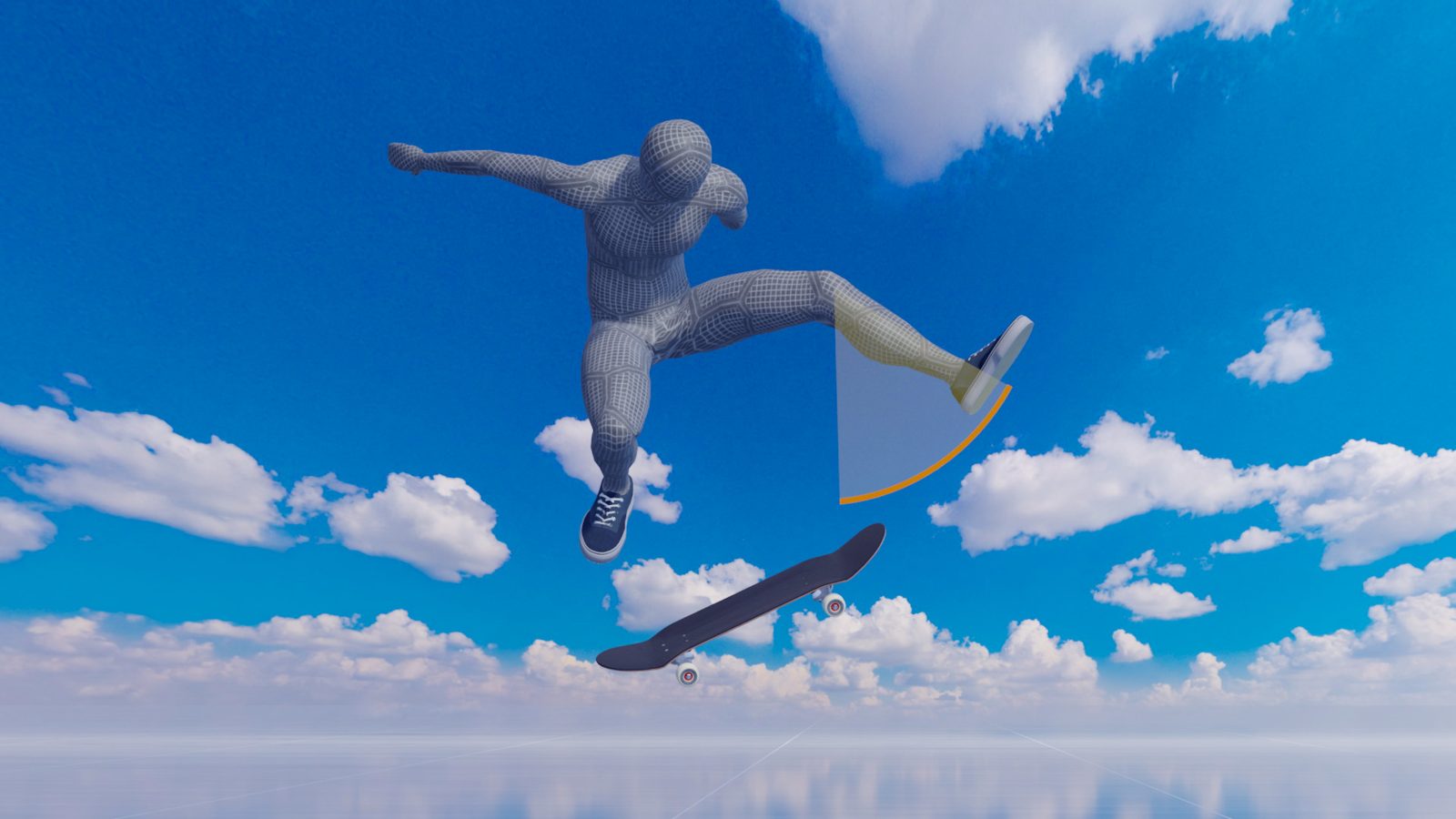
Weight Distribution and Flick Efficiency
Impact of weight distribution
So why does the force of the flick become parallel to the board? The key lies in the weight distribution. In a Heelflip and other flip tricks, the nose comes up as you pop the tail, allowing you to flick it with your front foot. Now, the harder you try to pop, the more you tend to lean toward your back foot, which could make you lift your front knee unnecessarily too high or pull it further away from the nose.
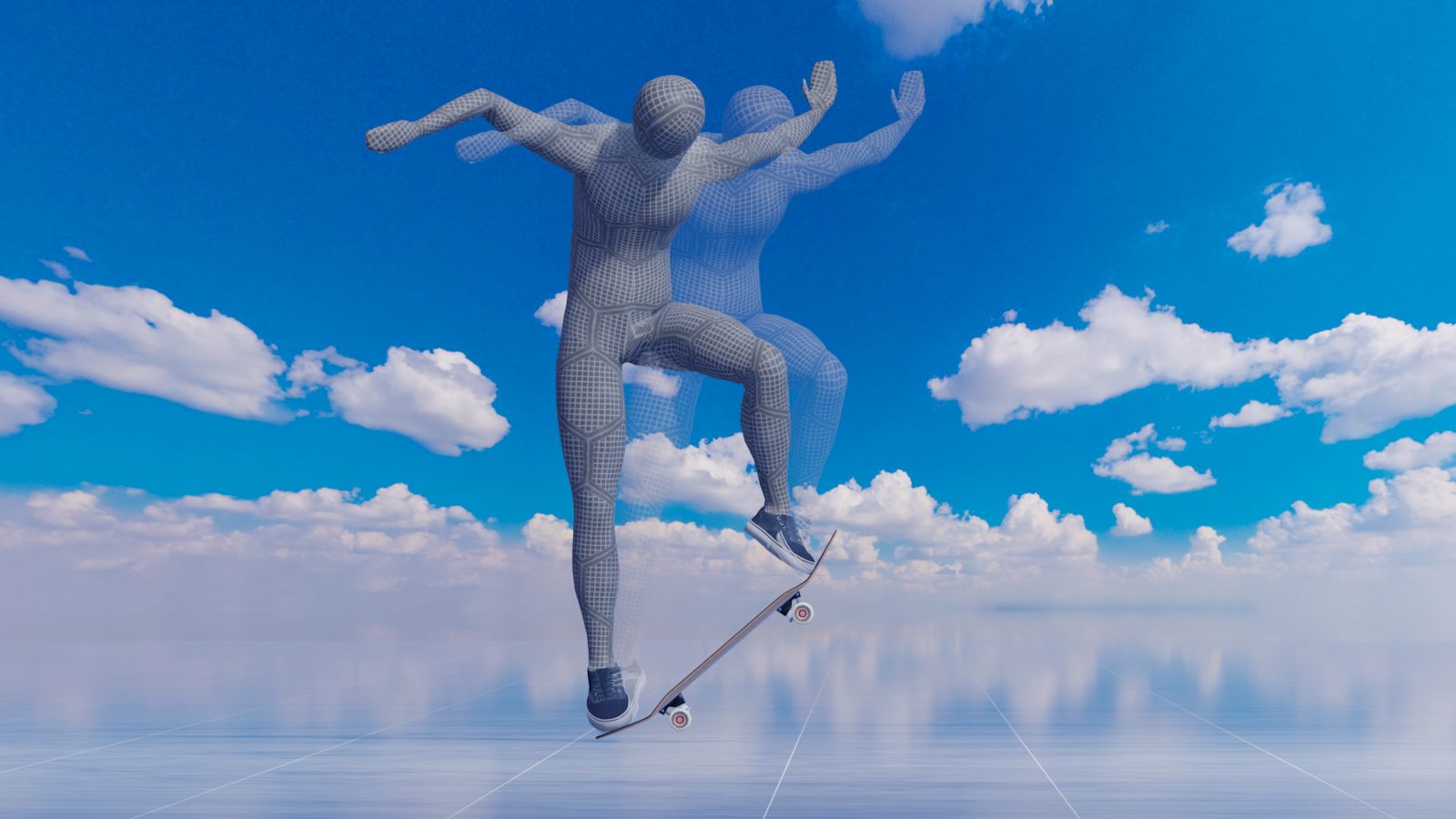
Optimal Flick Technique
Ideally, your lower leg should rotate in an arc around the knee so that the toe, which initially moves downward or horizontally, changes its direction upward and provides rotational force to the board by flicking the side of it. Some people flick their Heelflips with their toes, while others use their heels, but as long as you follow this principle, it does not really matter which part of the foot you use.
Overcoming Flick Force Issues
Impact of Leaning Backward
Now, let's see how leaning back affects the flick. While your front foot is in contact with your board at the moment of a flick, as your body axis is leaning backward, your front foot opens up. If the arc the toe draws parallels the X-axis, no matter how strongly you flick it, the board doesn't flip because it does not receive enough force.
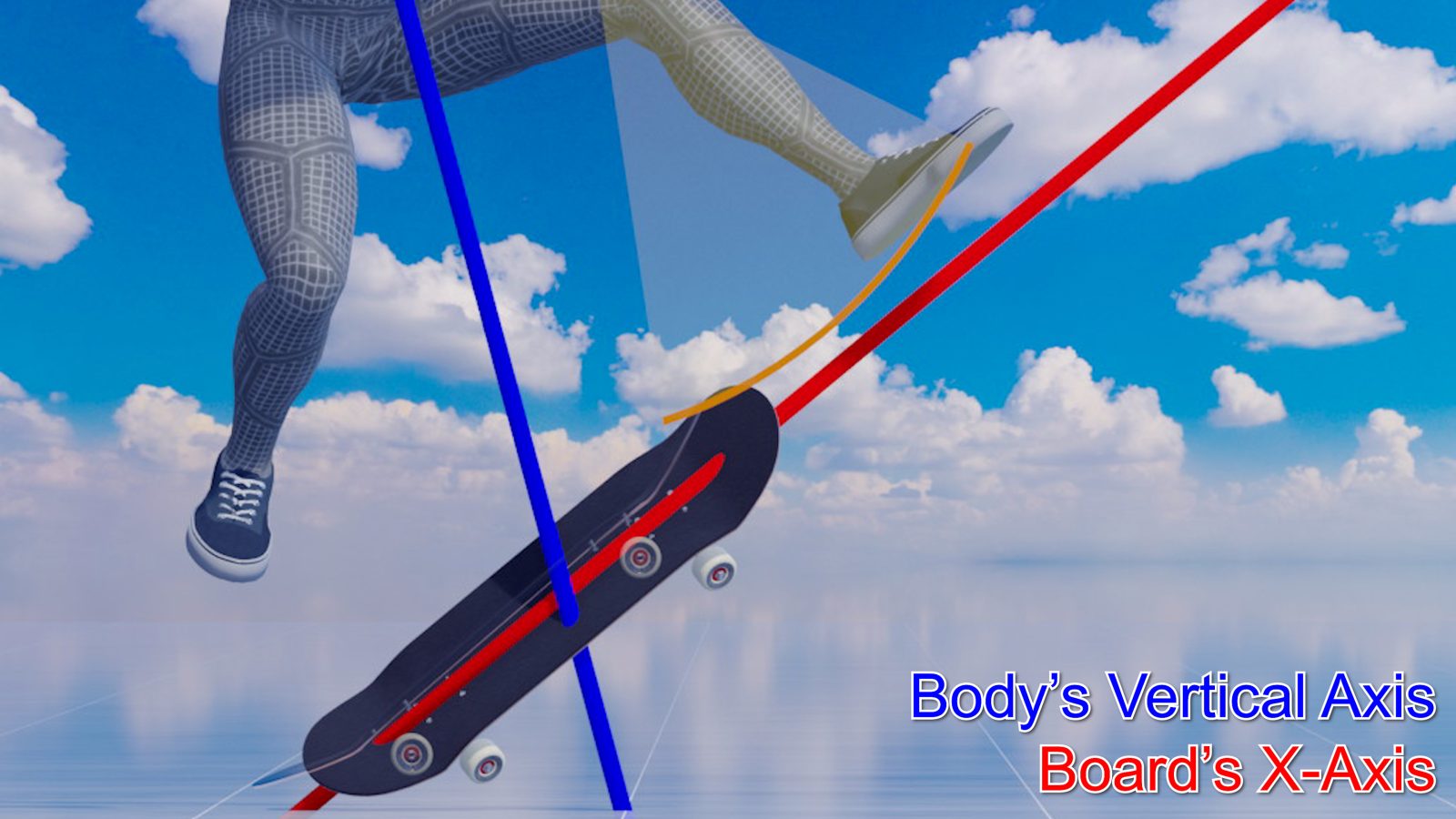
Direction of Flick
Under this condition, no matter how hard you flick, as long as the flick's force does not reach the board, you will end up with a rocket Heelflip, or it doesn't flip at all. Changing the direction of the flick alone does not solve the problem. As the toe can reach only a constant distance around the knee, if flicking forward does not flip the board, flicking sideways does not either.
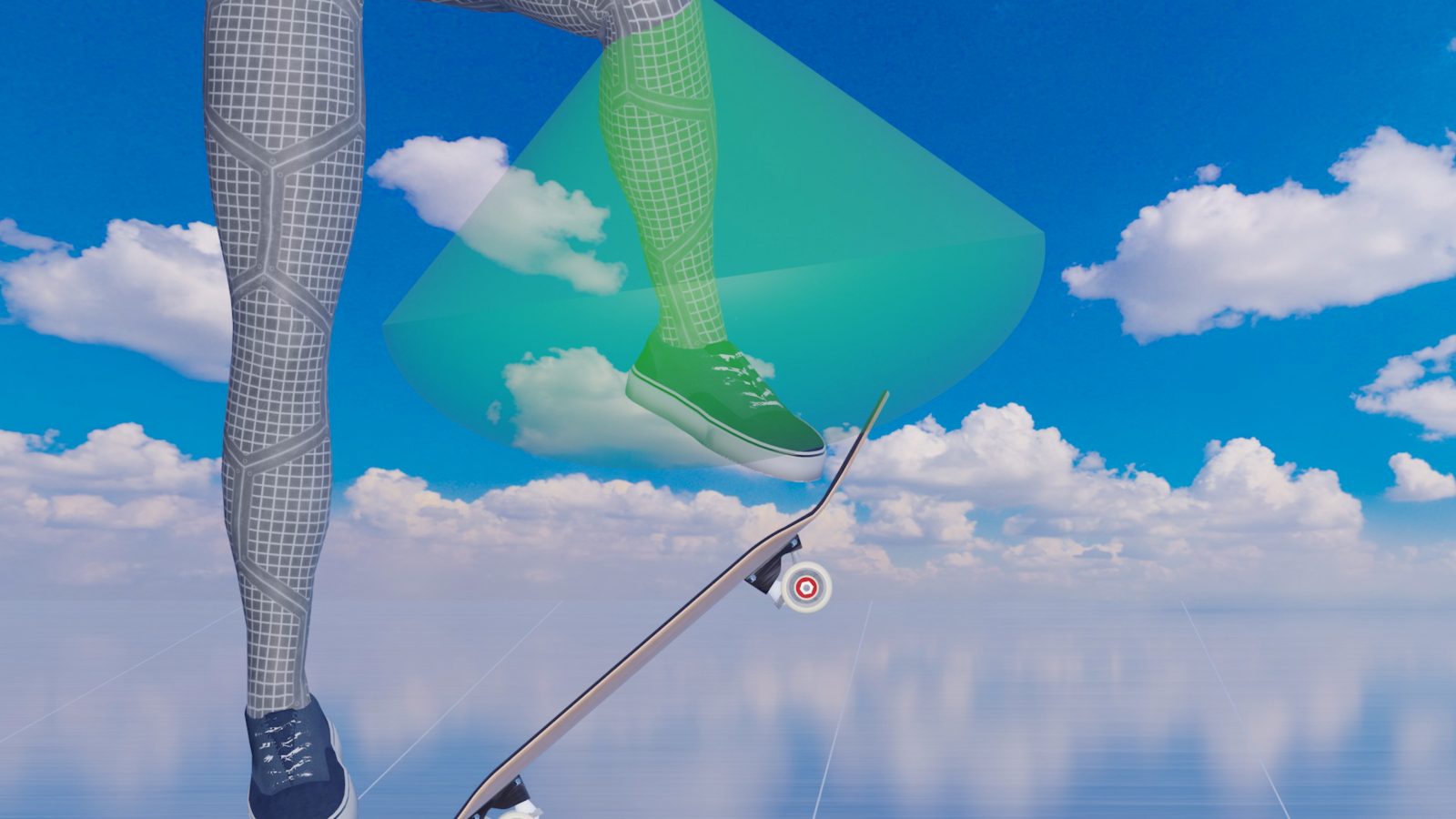
Effective Flick Technique
Ensuring Effective Flick Force
In order to effectively flip the board, the arc that the toe draws must capture the board. Keeping your weight on your front foot will make it easier to keep the front foot low, as you can utilize the reaction of your upper body going up.
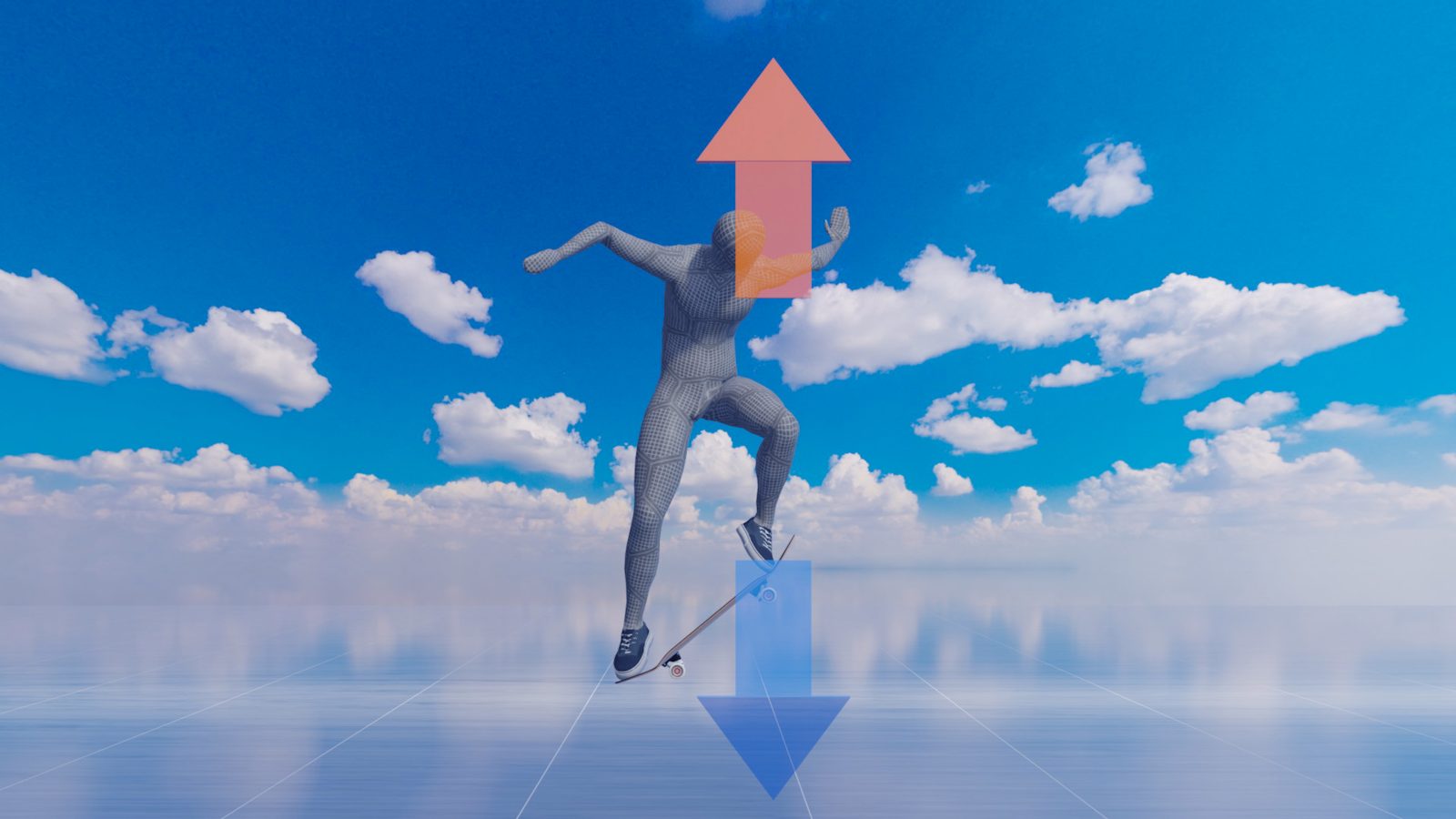
Indicators of Proper Technique
Another important indicator is the angle of the lower leg. Just before the flick, the nose should push the front foot back, and the lower leg should be bent. Flicking the front foot from this position will cause it to draw an arc, which is necessary to flip the board. Adjusting the strength and direction of the pop so that the nose can push the front foot back to the proper position is one way.
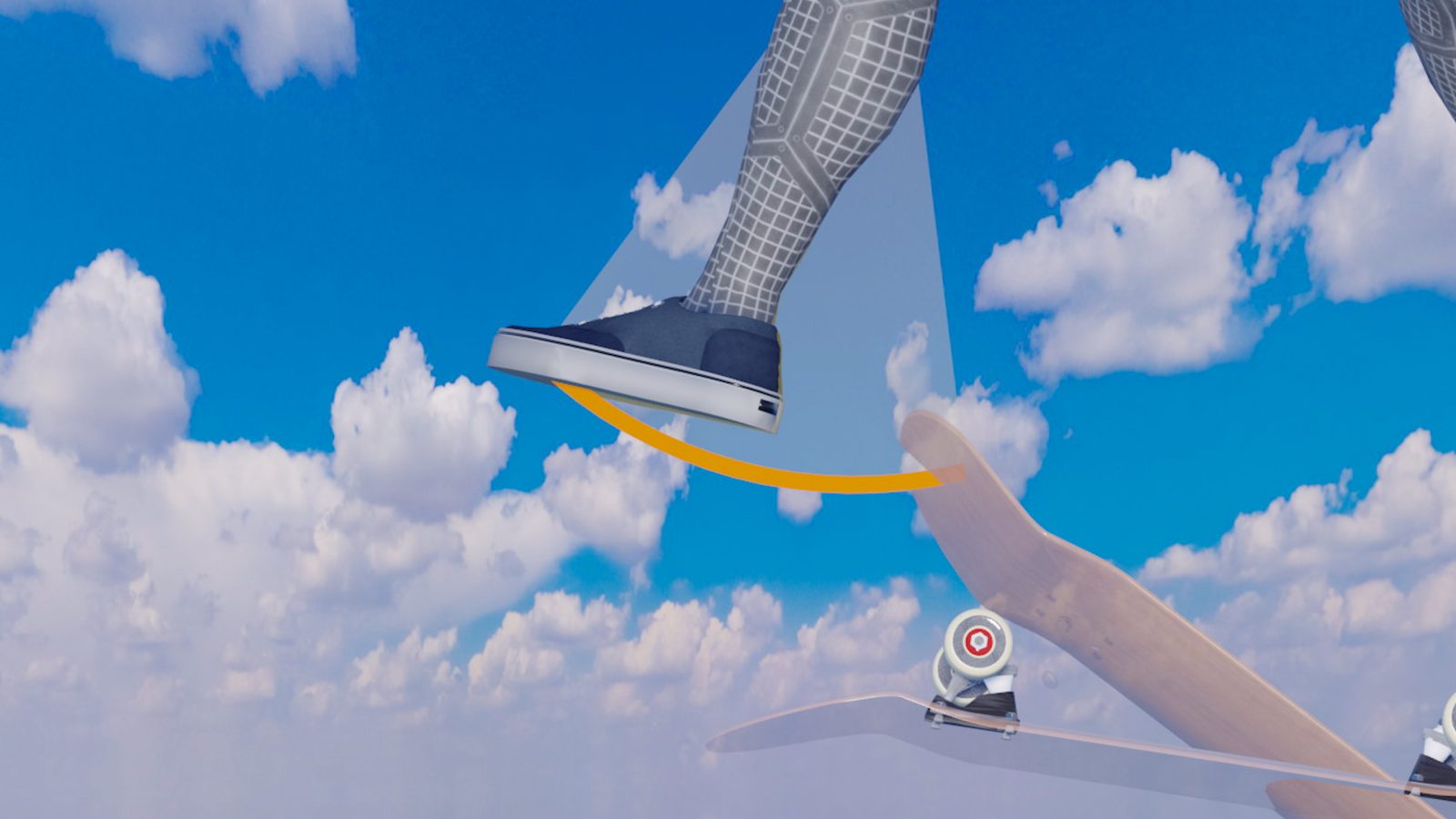
Intentionally Bending the Front Knee
In addition, consciously bending the lower leg slightly backward may also make it easier to flip the board. By flicking the lower leg from the bent position, you can exert a perpendicular force to the X-axis more effectively.
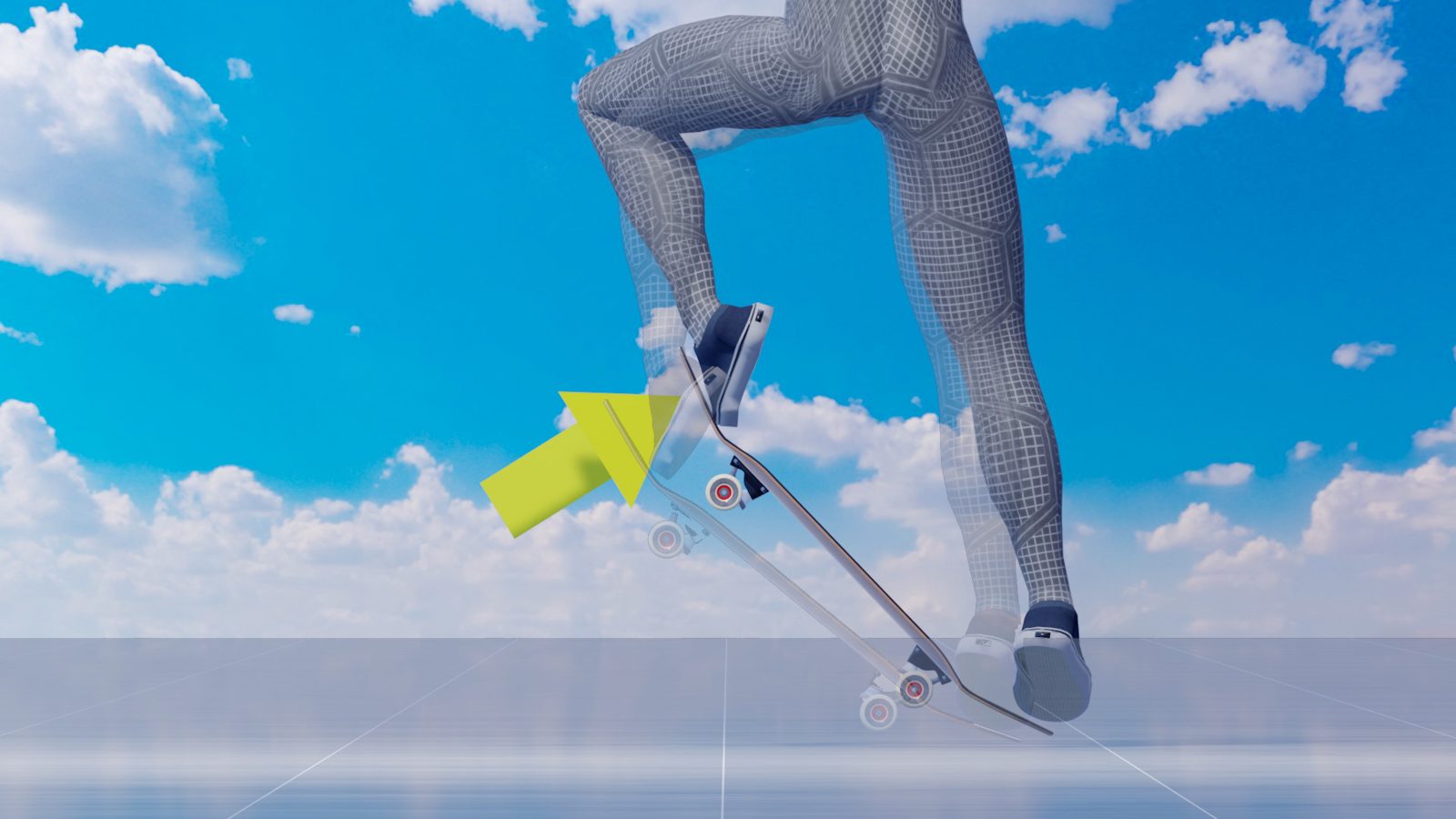
Introducing Motion Echo Player
Best Tool for Motion Analysis
If you need help analyzing your motion, let me show you the Motion Echo Player. Upload your video, and the system will automatically analyze your movements and generate afterimages from the most recent frame up to the last five frames.
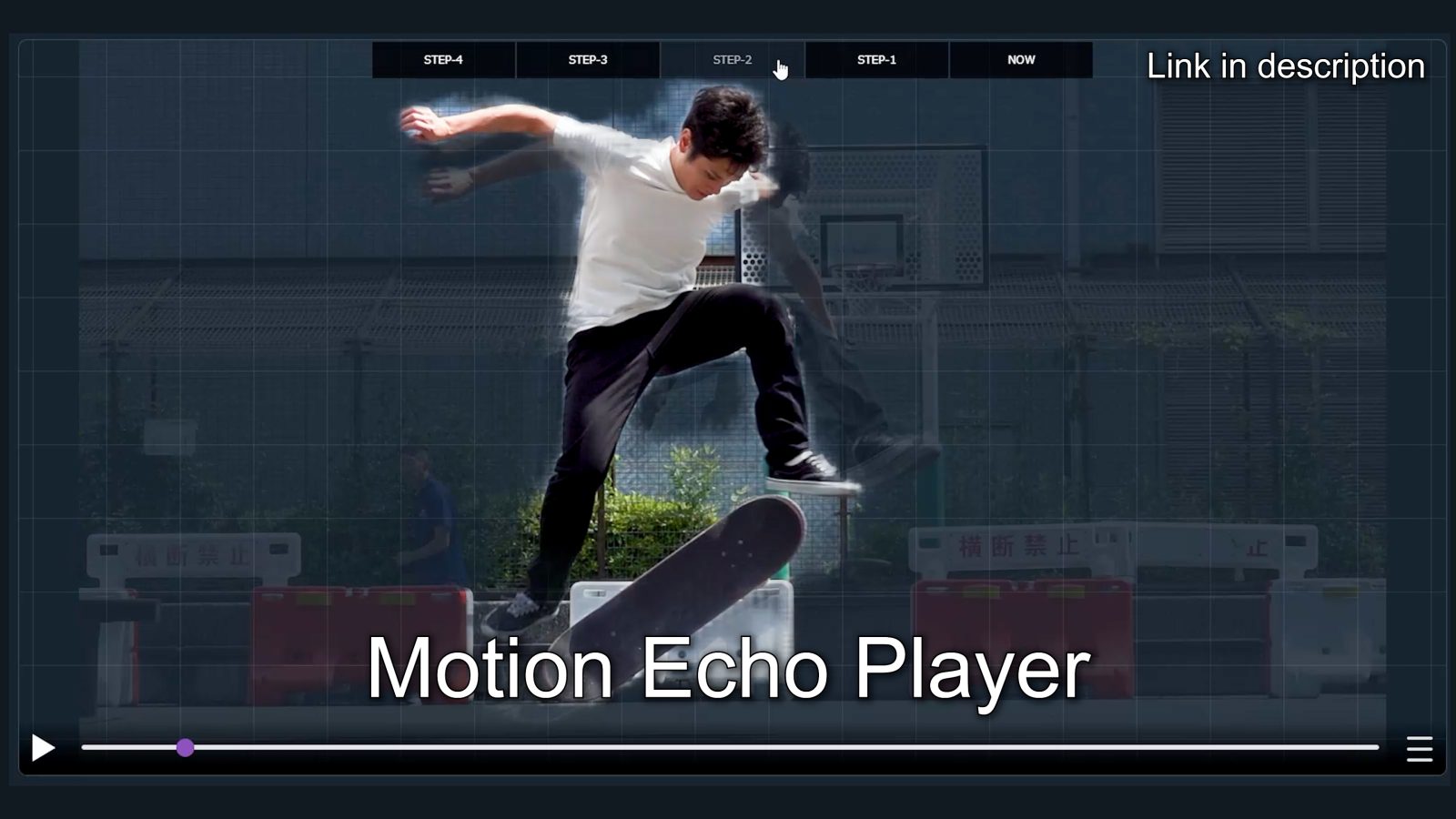
Features of Motion Echo Player
You can easily check the flow of your movements up to the frame you want to analyze, which takes time with either videos or static images. The tracking interval can be adjusted depending on your needs, allowing you to check your movements in detail. No software installation is required, and it works on most web browsers. It's free. Please give it a try and give me feedback!
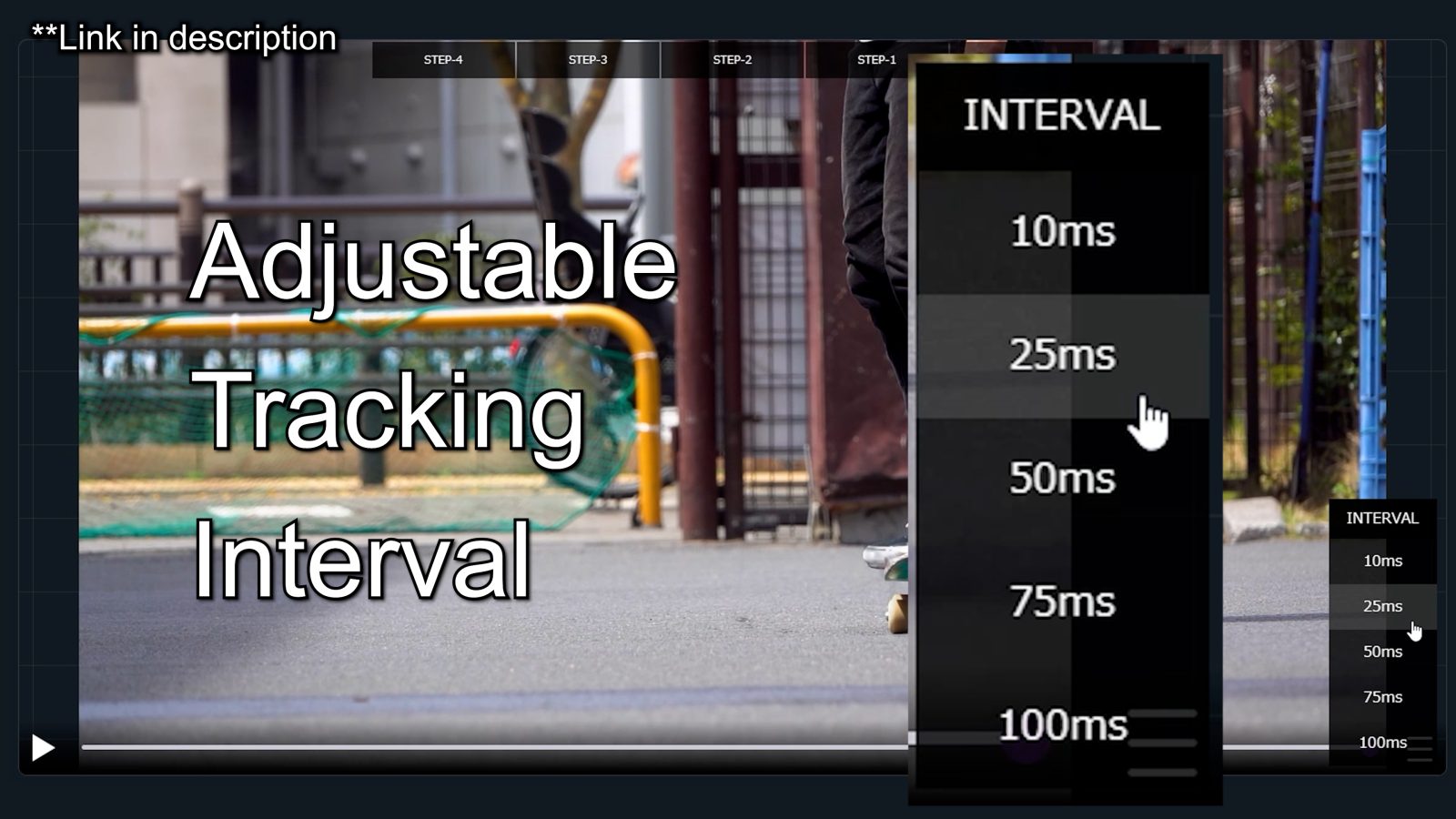

 Convert your video into 3D
Convert your video into 3D Facebook
Facebook Twitter
Twitter

